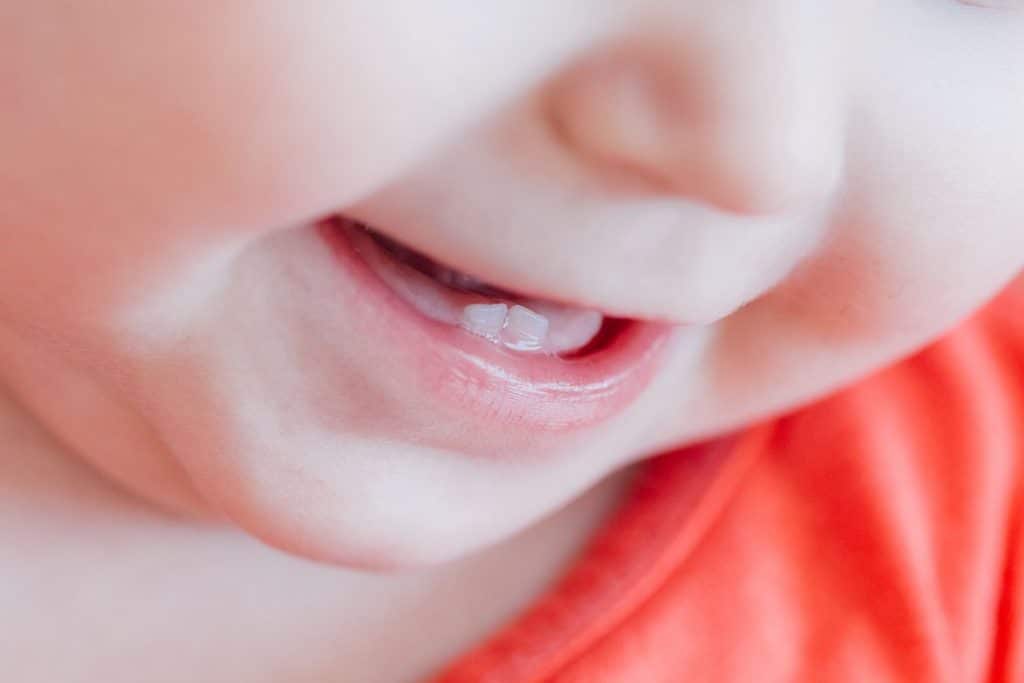At the time of baby's teethingIf your child has a baby tooth, he or she may have a crooked first tooth. There are several ways to prevent crooked teeth in young children. Find out what causes a crooked first tooth, and what treatments are available.
Baby's first tooth grows crooked: is it normal?
In general, theThe order of teething is the same from one baby to another. However, sometimes teething is accompanied by inconveniences such asa tooth that grows in the palate.
Sometimes the first baby teeth grow in crooked. This is common, especially for the lower incisors. Since the lower teeth are the first to grow, they have all the space in the jaw. Since there are no teeth around them to guide them, the lower incisors often tend to grow in crooked.
Later, as the other baby teeth appear, the teeth will straighten out on their own. The position of the first milk teeth is not necessarily identical to the position of the permanent teeth, so there is no need to worry.
Causes of a first crooked tooth
There are several reasons why a first baby tooth grows crooked:
- When baby sucks his thumb, it distorts the palate and jaw and causes the teeth to be in the wrong position when teething,
- If the pacifier is used for a long time, the sucking movement causes pressure on the teeth, which encourages the milk teeth to move,
- Poor positioning of the baby's tongue in the mouth does not allow the palate to expand properly to accommodate the teeth.
- If the jaws are asymmetrical, the baby teeth may also grow in crooked.
Possible treatments to correct a baby's crooked tooth
If your baby's first teeth are crooked or widely spaced, it is advisable to wait until all of his or her baby teeth are out before seeing a pediatric dentist. During a first consultation around the age of 2 and a half, the dentist checks the child's teeth.
The pedodontist can choose to implement orthodontic treatment from the age of 3. This treatment is performed with removable appliances that are worn for several hours a day. These appliances correct the position of the jaw and the baby teeth. The treatment lasts an average of 6 to 12 months.
The dentist may also decide to wait until the permanent teeth have grown in to see if orthodontic treatment is necessary. It sometimes happens thata permanent tooth grows behind a baby tooth.
Are there ways to prevent a crooked tooth?
There are several ways to prevent a baby tooth from growing out of place. It is advisable to gradually stop pacifiers and thumb sucking from the age of 2. Indeed, these practices lead to excessive pressure on the teeth, thus favoring a bad position of the milk teeth.
You should also be aware of the child's jaw position. For example, if the teeth are gaping, the baby teeth may grow in crooked.
Finally, to prevent crooked teeth, it is advisable to avoid foods that are too soft. Promoting good chewing skills actually helps develop the jaw during a child's growth and helps prevent teeth from being misplaced.
A first baby tooth that grows in the wrong way is a common phenomenon that can be easily treated. Good habits from childhood and regular visits to a pedodontist can prevent dental anomalies and orthodontic treatment later on.
To learn more about teething, check out the following articles:


